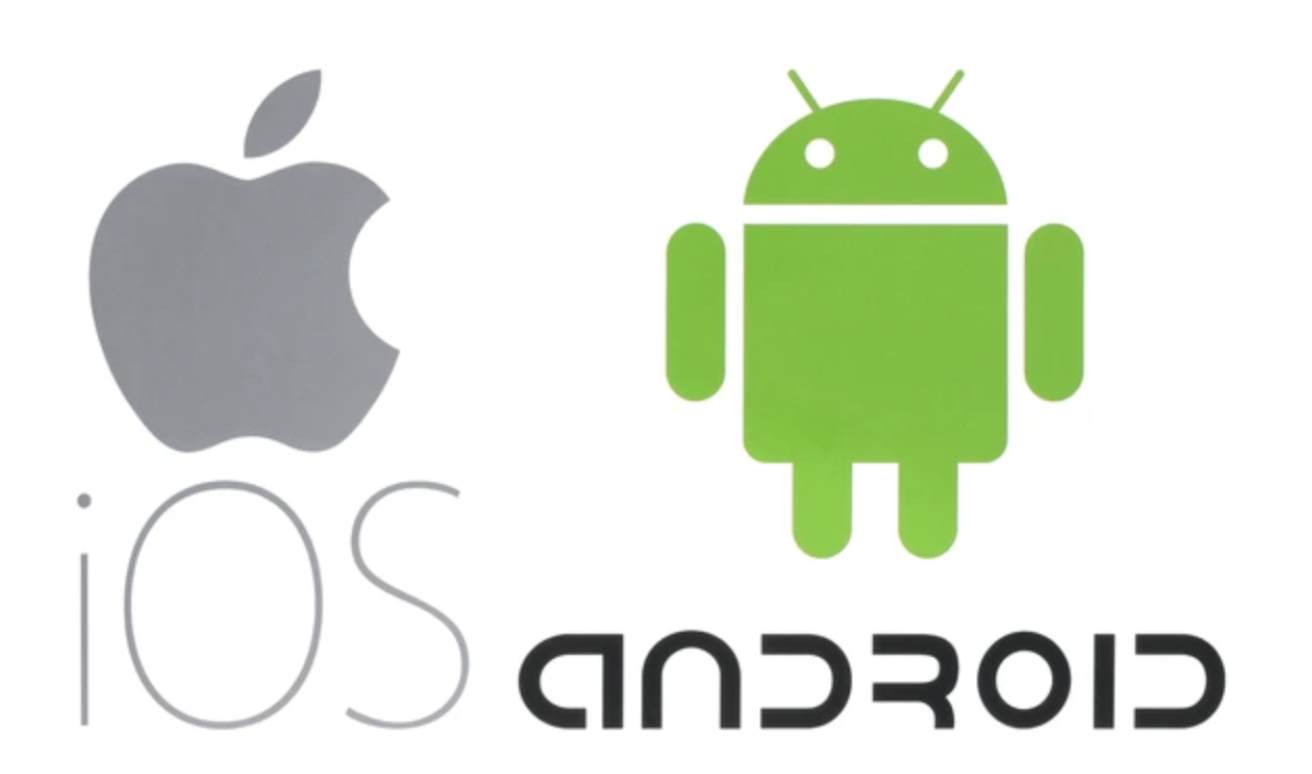Introduction
Both Android and iOS are very popular in mobile app development. In 2022, the mobile app development market scaled new heights. By the third quarter the number of available Android Apps rose to 3.55 million, while the number of iOS Apps reached 1.64 million.
However when choosing between Android or iOS development, software developers are often baffled. The two systems are different from one another not just on the development level but even in terms of design and marketing strategy.
Both systems, despite having architectural similarities, have differences in developmental and maintenance approaches. In general, iOS is easier to develop for by programmers of all skill levels. Android development is mainly difficult due to optimization problems while designing for many types of devices.
In this article we will discuss the key differences and the pros and cons of both Android and iOS, so that you can choose the right one for your particular business project.
Key Differences Between iOS and Android
Let us look at the key differences between iOS and Android:
Programming Languages: For Android, developers usually use Java and Kotlin. iOS apps are developed in Swift. Swift is more compact and requires less work than Java and Kotlin.
The Complexity of Development: iOS app development is easier because developers have to build for only similar Apple devices. On the other hand while building apps for Android, one has to consider devices by Samsung, Xiaomi, Oppo, Vivo and others.
The App Design: Android and Apple follow different app design guidelines that determine their look and feel. iOS prioritizes the app’s content more than the design, whereas Android apps have to accommodate more real world elements of motion and color.
Time and Cost of App Development: Android app development is complex and requires more skilled and experienced developers. One has to fix several compatibility issues with numerous devices. This makes Android development more time consuming and expensive as compared to iOS.
App Testing: As Android devices come in different screen sizes, resolutions and layouts, it becomes difficult for developers to test apps. On the other hand, iOS devices share similar interfaces, almost the same resolution and layouts, making it easier to test them.
App Publishing: For Android, publishing time is less – it takes only a few hours for the app to go live on Google Play Store. However, for the iOS apps, they have to go through many checks and tests by the App Store, and are then only made available to the users.
App Security and Privacy: iOS apps are safer, because of Apple’s strict security requirements and they maintain privacy by not allowing apps to read SMS and log calls. For Android, Play Store does not have similar stringent requirements and one needs to employ third-party solutions to enhance security.
Developer Resources: Google and Apple provide different toolkits to developers. Google offers tools like Jetpack and Android SDK Development Kit which is connected to Android Studio. Apple instead provides an API, SwiftUI Design tools, and Storyboards. Android’s development tools are known to be easier to set up and get started with. But because coding for iOS is less convoluted, Apple doesn’t need many supportive resources.
Open vs. Closed-Source Code: iOS is not open source like Android. This gives iOS developers less freedom to make deeper changes and customize as compared to Android developers.
Market Share and Audience Demographics: When it comes to global dominance, Android pulls ahead of Apple. Android devices are cheaper and more accessible to users globally. Android is more popular in emerging economies in Latin America, Africa, and Asia while iOS is the preferred choice in Europe, North America, and Japan.
Closing Remarks
Even though the two illustrious operating systems have similar architecture, there are substantial distinctions between how apps are created for each and maintained.
In case you don’t feel too limited in budget and aim at small premium segments, iOS is the better choice. And in case you want to test out the application market, and aim at a worldwide audience, prefer going for Android.
Ultimately, iOS and Android both have their pros and cons. Thus, for a business, to attract as many clients as possible, it is important to have an active presence and ubiquity in both realms.
Image Sourced from the Net
